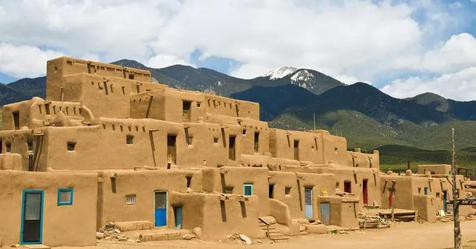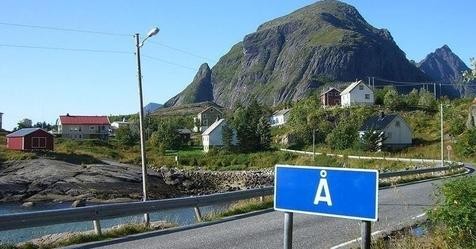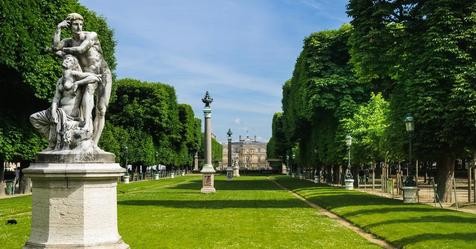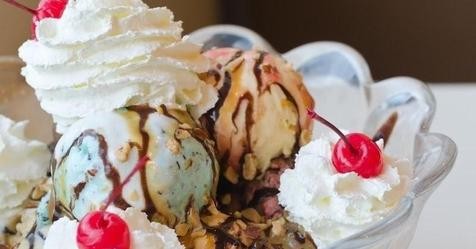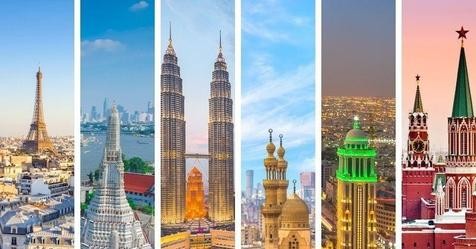The U.S. is filled with fascinating small towns that each have their own unique story to tell. Havens for artsy free spirits. Mining sites that once yielded a ton of gold. Sites of infamous military battles. Stomping grounds of storied pirates.
These small towns offer history buffs a glimpse into our nation’s past, while also remaining just as relevant today as they were years ago. Learn the histories of these small towns, and plan a visit that will encourage you to travel back in time.
